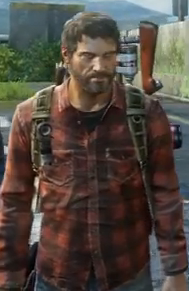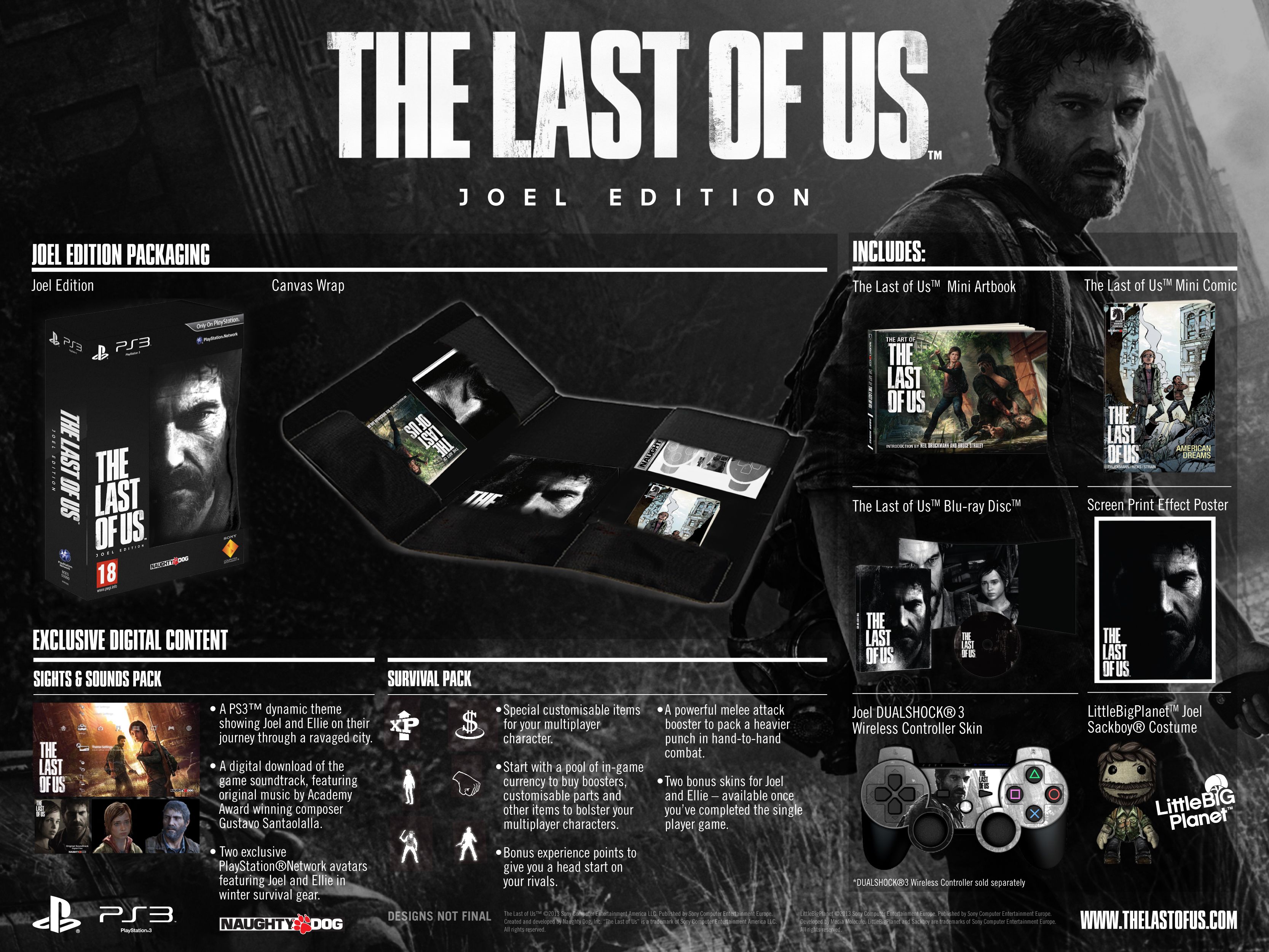

(There is more to how this works in the accounting department, but the principle is what matters here.) It also spurred the creation of heaps of customization content. Out of this reality was born the season pass, a way for publishers to collect revenue early for unreleased add-on content while a game is getting buzz. Publishers found themselves looking for ways to offer more content with more reasonable development costs. “$60 per customer just isn’t enough,” he said. On a PAX East panel in 2014, former Harmonix director of publishing and public relations John Drake laid it out bluntly. Regardless of why, though, bottom line costs to make a game continue to mount, and we’re still paying the same price of entry. Whether those costs are being kept under control is a topic that has come up before (particularly with regard to the Tomb Raider reboot and comments made by Square Enix in 2013). We’re paying $60 today for games that on large offer overwhelmingly superior visuals, audio, gameplay features, and interconnectivity than the ones for which we paid the same price in 2005.īudgets are increasing significantly. In nearly a decade, retail prices have remained largely constant.

This was a hotter issue at the start of last generation, when gamers were stomaching a 20 percent increase in the base price of games. Gamers used to unlock these elements through play, and now developers were walling them off on the disc, making us pay for access to them. The communication from publishers behind these efforts was typically poor, and some gamers to this day question how DLC can possibly be in development before a game is entirely finished (short answer: not every staff person works on every stage of a game, and this keeps people employed).ĭay-one DLC became entangled with disc-locked content (Capcom in particular was notorious for this practice with regard to costumes and skins). Gamers started coming home (often updating the game with a day one patch) and then stared down a growing list of gameplay-enhancing add-ons. While frustration with these practices rumbled under the surface for years, blowback didn’t erupt until publishers started pushing DLC on the same day as full-priced retail releases. Horse armor has become a well-worn joke in the industry, but Bethesda is having the last laugh. When Bethesda sold the wildly successful horse armor for The Elder Scrolls IV: Oblivion, players questioned why we needed such a thing (many of them doing so as they pressed the button to purchase). EA never successfully bridged the gap for consumers with acceptable reasons for the practice.

These were, in part, due to minimal education efforts from publishers.įor instance, when EA started selling unlock codes on the Xbox Live Marketplace, gamers immediately asked why items like bonus in-game currency and weapon unlocks (available in many older games as button-based cheat codes) were now carrying a price tag. The reality is far less glamorous, because DLC (like nearly everything else in the gaming world) had some pretty significant growing pains. There were even promises of Valve Workshop-style stores in the run-up to the Xbox 360 launch.

In its infancy, the phenomenon was heralded as a revolutionary way to interact with games over longer periods. Since it began on consoles in the PlayStation 2/Xbox era, gamers have had a complicated relationship with add-on content. No, this week we’re revisiting one of gaming’s most contentious sometimes-issues: day one DLC. It’s not even the confusing pre-order/pre-purchase options. It’s not because the game is multiplayer-focused. This week, there has been much hand-wringing over Evolve.


 0 kommentar(er)
0 kommentar(er)
